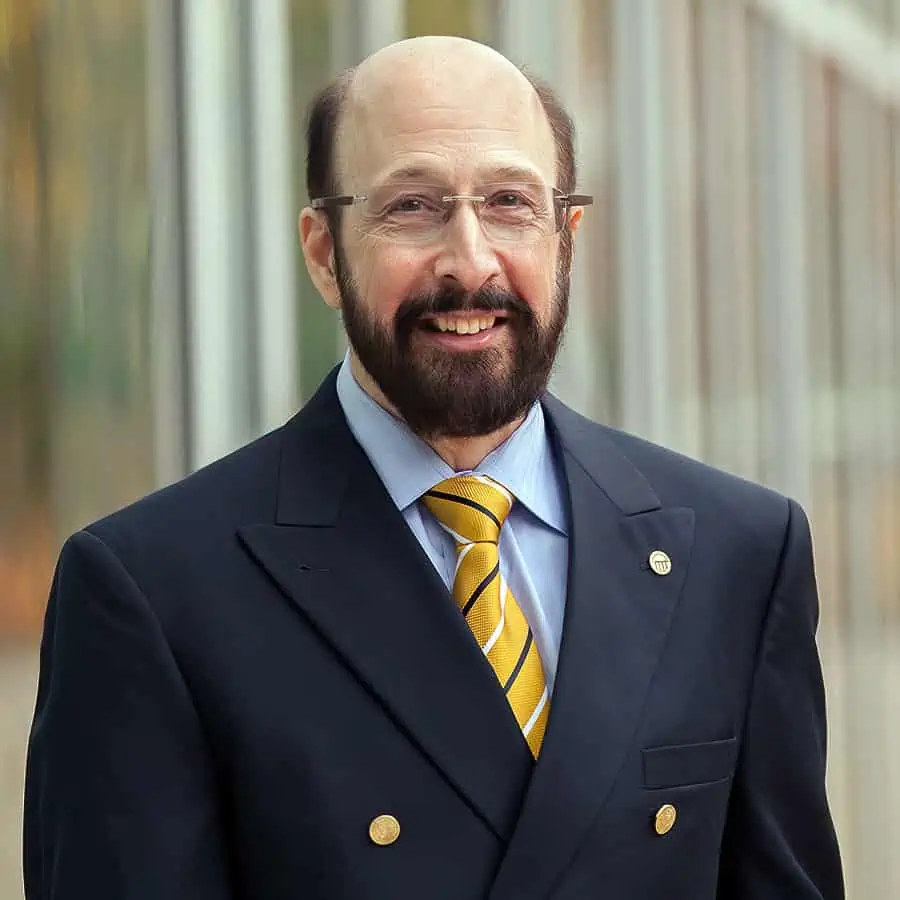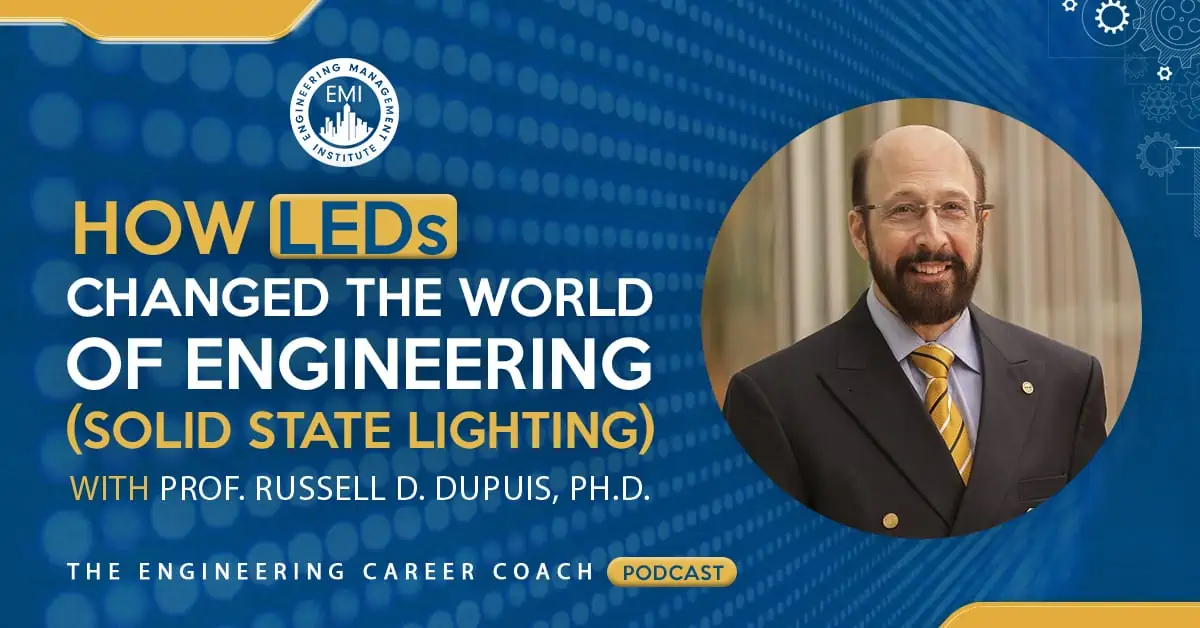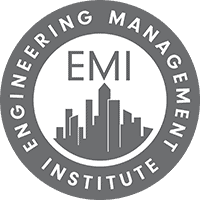Podcast: Play in new window | Download | Embed
In this episode, we talk to Prof. Russell D. Dupuis, Ph.D., an electrical engineer, and professor at the Georgia Institute of Technology, and co-winner of this year’s Queen Elizabeth Prize for Engineering, talks about the use of LED (solid-state lighting) in engineering and how LEDs changed the world and will continue to do so.
Engineering Quotes:
Here Are Some of the Key Points Discussed About How LEDs Changed the World of Engineering:
- LEDs have been studied for many years but were only made available commercially in the mid-1980s. Today we have a wide variety of high-efficiency LEDs. They are in computer screens, cell phone screens, car headlights and taillights, indicator-type lights, and many more.
- With LEDs being very energy-efficient and adopted and adapted across the planet for lighting applications of all kinds, they have potentially saved trillions of kilowatts of electricity. They could save many power plants and reduce carbon emissions by the 2050 time frame. Lighting has become so efficient and effective that some of it gets wasted. If LED fixtures are designed correctly, they can be utilized a lot more efficiently than sodium lighting. They are a great solution in rural and underprivileged areas by using them in conjunction with a solar panel and batteries. It is even possible to use LEDs for efficient indoor or remote farming of plants. It is the idea of how astronauts will one day grow vegetables on the surface of Mars.
- Ultraviolet LEDs are now used to kill bacteria and various other pathogens. They are also used in water purification, air purification, and surface decontamination.
- The biggest breakthrough in the journey of LEDs was when the three- and four-element semiconductors were invented. It opened a wide range of materials that could be used in the further development of LEDs. A method of light extraction from the materials then needed to be developed. Many variables are needed to co-optimize the light extraction from the materials. The materials used to create LEDs were needed to be efficient and cost-effective to produce. Mechanical organic chemical vapor deposition is a method to grow semi-conductive film on insulator sub straights, like sapphire. This method is the basis of the production of all the different colored LEDs that we have today. This process is also used for producing laser diodes and solar cells.
- Russell D. Dupuis, Ph.D., was the co-winner of this year’s Queen Elizabeth Prize for his work done on the application of materials technology, electronics, and high-frequency electronics. His work is widely used in things like the internet fiber optic cables that stretch across the globe as well as taking care of diseases at a distance. These are immeasurable in value to humanity.
- Mentorship and collaboration efforts are critical in this field of engineering. Teamwork is the key to keep moving forward and pushing the boundaries of our knowledge.
More in This Episode…
In the Take Action Today segment of the show, Prof. Russell D. Dupuis, Ph.D., talks about our adoption and the importance of LEDs in technology now, and in the future.
About Prof. Russell D. Dupuis, Ph.D.

Dupuis was appointed a Chaired Professor in Electrical and Computer Engineering at The University of Texas at Austin in 1989. He joined the Georgia Institute of Technology in 2003 as a full Professor in ECE and Materials Science and the newly established Steve W. Chaddick Endowed Chair in Electro-Optics and a Georgia Research Alliance Eminent Scholar. He has won many national and international awards for his work on compound semiconductors.
“The advance of technology is based on making it fit in so that you don’t really even notice it, so it’s part of everyday life.” ~ Bill Gates, co-founder of Microsoft
Resources and Links Mentioned in This Session Include:
Georgia Institute of Technology
US Department of Energy
We would love to hear any questions you might have or stories you might share on the use of solid-state lighting in engineering.
Please leave your comments, feedback, or questions in the section below.
To your success,
Jeff Perry, MBA
Host of The Engineering Career Coach Podcast






